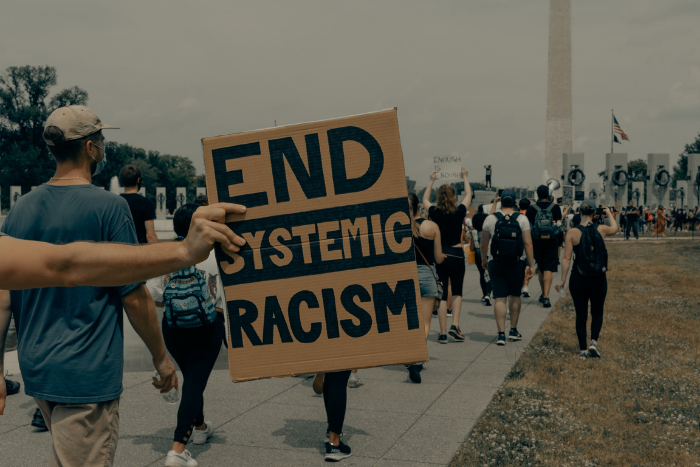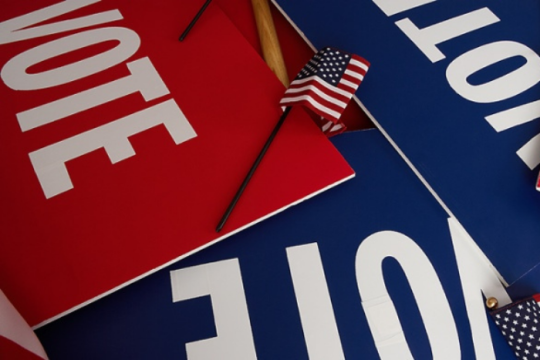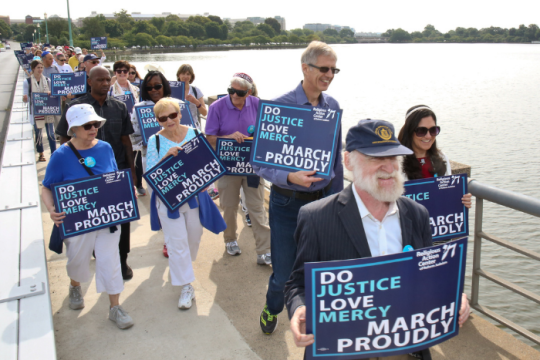
The Religious Action Center, the Reform Movement’s social justice hub, emerged as a result of the Civil Rights Movement, and this history carries a lasting legacy on our social justice work today. Though racial justice and civil rights have been at the center of our work for over 60 years, this campaign comes at a critical and urgent moment. The racial reckoning rooted in 400 years of oppression and dehumanization that emerged during the tragic events of summer 2020 revealed with clarity to many white people in the United States that BIPOC (Black, Indigenous, People of Color) experience systemic racism on a daily basis.
To make real and impactful change, we must turn our gaze inward to do the essential Racial Equity, Diversity, and Inclusion (REDI) work within our communities and ourselves. Deep-rooted transformation cannot be achieved until we commit to this internal antiracist work on both the community and individual levels.
REDI and antiracism is one of main components of the Racial Justice Campaign. Find resources below on how to engage in this important REDI and antiracism work, both individually and within your Jewish community, during this campaign and beyond:
Resources for white people engaging in antiracist work
White people often have good intentions as they process their understanding of current events and topics around race but still often cause unintentional harm to People of Color in the process. Below are resources for white people to digest so they can prevent unnecessary harm when entering cross-racial dialogues, conversations, and spaces.
- Tool for White People Navigating Conversations About Race
- Colorblind/Microaggression Resource
- The Black Jews Are Tired | Reform Judaism
- 4 Ways White People Can Process Their Emotions Without Bringing the White Tears - Everyday Feminism
- White Supremacy Culture: Characteristics - Showing Up for Racial Justice - SURJ
- URJ How to Create Race-Based Affinity Spaces Resource
- The Arrow | Why People of Color Need Spaces Without White People (arrow-journal.org)
Antiracism in your congregation & community
You might think that your community has years of experience assembling committees and taskforces, and you already have a great blueprint for building your DEI Working Group. However, we are asking you to assemble your DEI focused group in a potentially different way than you might have done previously. With respect to preparing to take the Community Assessment, a DEI Working Group is a small group of people in your community from a wide range of identities that come together to first invest in creating sustainable trusting relationships, establish a strong foundation, and then begin utilizing the Assessment to address your community’s diversity, equity, and inclusion efforts. While this may sound like something your community has done before, we ask that you consider following closely to the order and steps listed below. The process we have outlined was designed to disrupt “business as usual” and garner meaningful results.
- Step 1: Learn How to Assemble a DEI Working Group
- Step 2: Once you formed a DEI Working Group, please review the instructions laid out in the first several pages of the DEI Community Assessment. Once all materials have been reviewed, have each member of the DEI Working Group take the DEI Community Assessment.
- Step 3: In addition to a DEI Working Group, your community may want to create race-based affinity groups. Please use the URJ’s How to Create Race-Based Affinity Spaces resource to find more information on how to begin this process.
- Looking for articles and resources to review in your book clubs, social justice discussion groups or white affinity spaces? Check out our Resources For White People Engaging in Antiracist Work, as well as the Additional Antiracism Resources.
The RAC periodically runs trainings for people interested in learning more about assembling DEI Working Groups and race-based affinity spaces. We encourage you to check our calendar for upcoming events and trainings!
Additional Antiracism Resources
- A Message from Jews of Color with a discussion guide: joc-discussion-guide.pdf (urj.org)
- 9 Things to Consider When Creating an Inclusive Security Plan
- Books, Films, and More to Delve into Antiracism Work
- Community Racial Justice Checklist
- URJ How to Create Race-Based Affinity Spaces Resource
- Creating Inclusive & Antiracist Classrooms Resource
- Online Inclusive Program Checklist
- National Museum of African American History & Culture – Talking About Race
- Facing History and Ourselves - The Reconstruction Era and the Fragility of Democracy
- Welcoming vs. Belonging: A Key Step in Making Our Communities Diverse and Whole
LEARN MORE ABOUT THE RACIAL JUSTICE CAMPAIGN

Freedom to Vote

Racial Justice Work Across the States

